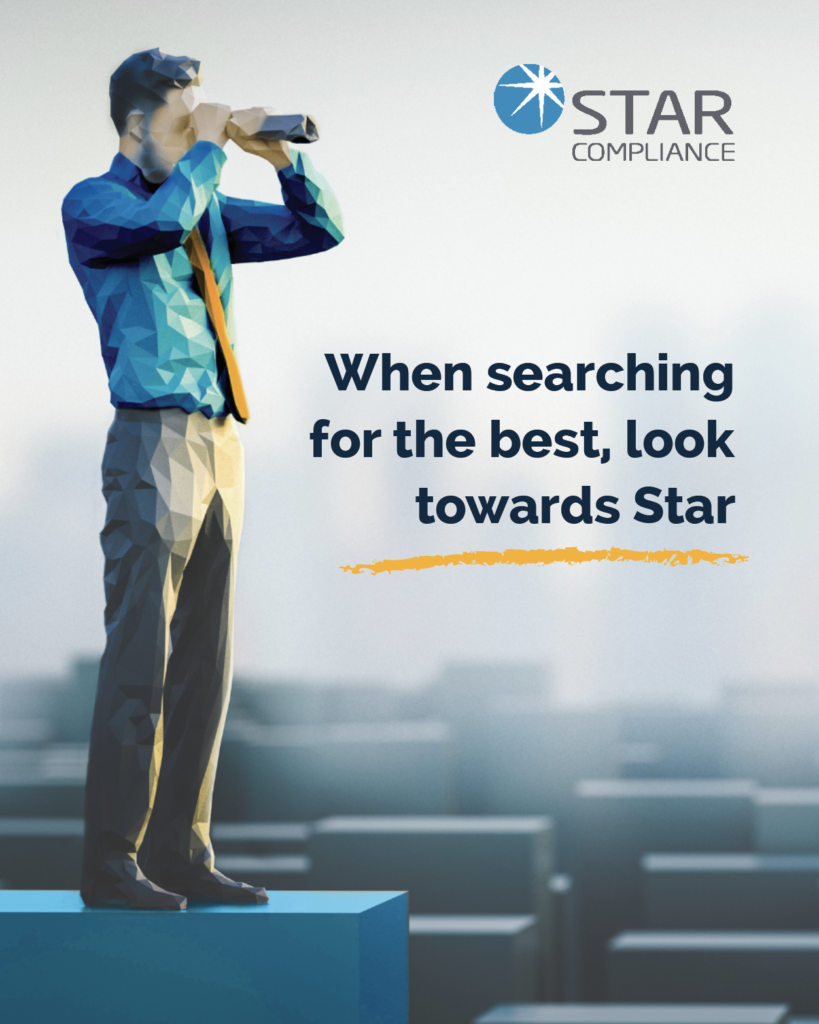Why End-To-End User Support Is Crucial For Compliance Software
Increasing compliance software adoption requires improving the user experience. StarCompliance Product Manager Will Haggerty tells you how the STAR Platform gets you there and in the process simplifies financial services compliance
Compliance officers know it’s critical that employees complete their compliance tasks, but for employees themselves these tasks are seen as administrative duties on top of already busy to-do lists. The more complex and time-consuming these tasks are, the less likely employees will be to complete them accurately and on time, and the more likely it is they’ll put the firm at risk for violating financial regulations.
Compliance software can make checking off compliance tasks easier on employees, but not all software is created equal. You can’t just throw employees into a complicated platform and expect them to know how to use it, and you can’t expect busy employees to spend much of their own time trying to figure it out. Instead, you need compliance software with built-in education and training tools to streamline the user experience.
THE IMPORTANCE OF THE COMPLIANCE SOFTWARE USER EXPERIENCE
Imagine this situation: A new employee joins the firm with little past experience in financial services. The tasks of reporting outside investment accounts and past political contributions are entirely new to her. So she logs into the compliance software to complete these tasks, but she has no idea where to go from there.
Alternatively, say a seasoned professional joins your firm, but her past firm used different compliance software. Your platform is likely to have different workflows, navigation, and other aspects that will present a not-insignificant learning curve for this new employee. In either case, she’ll have to stop what she’s doing, reach out to a compliance officer for help, and wait for an answer before she can move forward with a compliance task. By the time she gets an answer, she’ll have likely moved on to other things and forgotten the task completely.
Not only does this put the firm at risk of breaking important regulations, it could also mean missed opportunities for employees. If it’s a personal trade, for instance, and your employee doesn’t know how to search for a specific security or submit an approval request, she may choose not to trade and thus lose out on potential personal gain. Or, for gifts and entertainment approval requests, perhaps she doesn’t know the process for adding a contact before taking that client to lunch. Now she can’t continue with the declaration and complete the task before continuing with the lunch meeting. In short, even the smallest of hiccups can disincentivize compliance, if not outright dissuade activities essential to business growth.
Ultimately, compliance software shouldn’t add to the already complex nature of financial services compliance. Software vendors must focus on how to improve the compliance software user experience from end to end to ensure the process for completing every task is as simple as possible.
DESIGNING COMPLIANCE SOFTWARE WITH END USERS IN MIND
At StarCompliance, we want to relieve the heavy load that often accompanies new compliance software rollout by providing a modern, flexible tool that not only centralizes compliance tasks but also offers users built-in help and training. As an example, when it comes to onboarding new employees, instead of giving them a lengthy overview of every feature the STAR Platform offers a quick initial walkthrough; then, it offers additional explanations as needed. The reasoning behind this is, if employees only had one training session on the software when they started, they might not even use some of the features they learned about until months later. By that time, they’d likely need a refresher on how to use the feature. Our platform provides tips and walkthroughs as they go: offering short, perfectly placed tutorials on how to use features as employees need them.
Should someone need a refresher later on, she also has the option to see the tutorial again. The ongoing education, built into the software itself, helps compliance officers avoid consistently revisiting certain training topics and therefore minimizes support cases. It also helps employees operate swiftly and self-sufficiently: this instead of having to wait on compliance officers to answer questions before they can complete their compliance task and move on to the higher-value work you hired them for.
Top 10 Reasons To Choose Star Over The Other Guy




